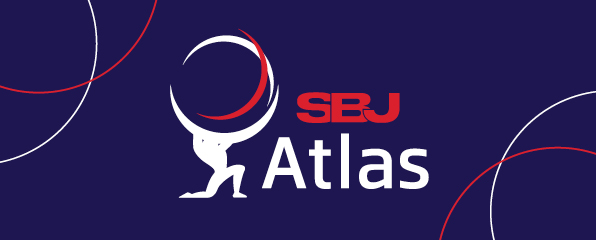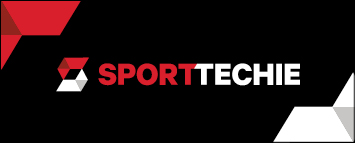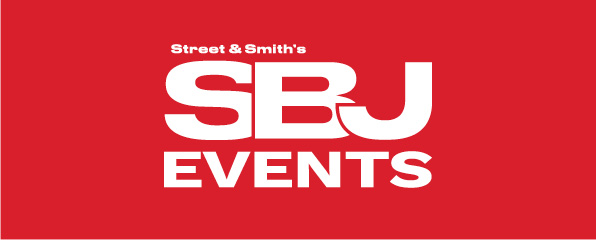How IBM and the USTA Are Bringing the 2020 U.S. Open Home
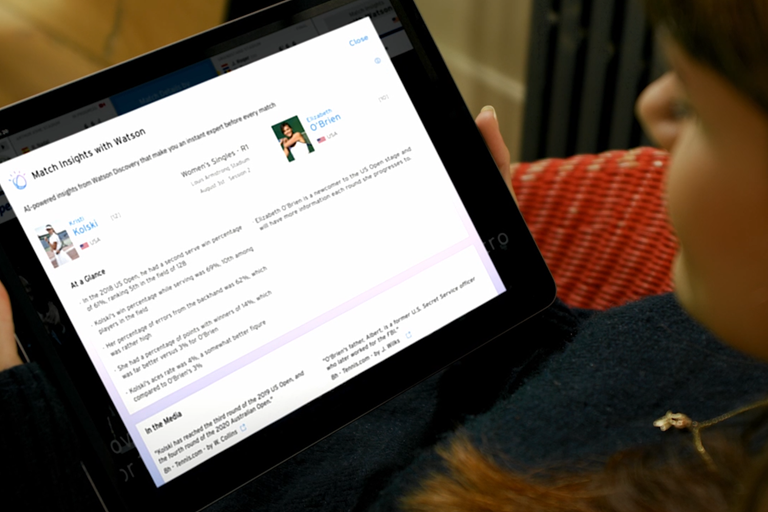
When the United States Tennis Association decided in June to host the U.S. Open without fans, it had to figure out a way to deliver the magic of late summer tennis in Queens to millions of tennis lovers around the world, without the roar of the crowd or celebrities in the seats.
And they had to do it fast.
“How do we engage the fans who would normally be on site?” says Kirsten Corio, the managing director of ticket sales, hospitality and digital strategy for the USTA. “And how do we make the tournament more interesting for casual fans who may be engaging with the US Open for the first time?
The USTA and IBM have partnered to deliver the digital experience of the US Open for nearly three decades. And the teams had been working for months preparing the 2020 US Open app and website. But with no fans onsite, many of the planned features were no longer feasible. For example, AI-highlights rely on the reaction of the crowd to determine which highlights to serve up to end users. No crowd, no reaction, no AI-highlights.
So the teams had three months to transition from business as usual to reinventing the tournament on the fly. What they came up with is a testament to the agility of their partnership and their technology.
“In 12 short weeks, we conceived, developed and delivered first-of-a-kind, AI-driven digital experiences,” says John Kent, the program manager for IBM Sports & Entertainment. “The flexibility of the USTA’s hybrid cloud with Red Hat OpenShift enabled that.”
One of the stars at this year’s tournament will be Watson, IBM’s high-powered AI. The USTA is using the natural language processing of Watson Discovery to mine millions of media sources, extract insights about individual players, and build “Match Insights with Watson”—a sort of AI-driven cheat sheet that brings fans up to speed on every match in the tournament.
Additionally, there will be “Open Questions with Watson.” The USTA is hosting a series of tennis debates on USOpen.org (think “Who is the best men’s player of all time?” or “Who had the best serve-and-volley game?”) Watson Discovery will use natural language processing to understand and identify pro and con arguments around these debates from millions of articles. It can even assess the quality of those arguments, and generate cogent narrative summaries of each debate. Fans can check out the arguments at usopen.org/openquestions, and contribute their own opinions, which will reshape the narrative over time.
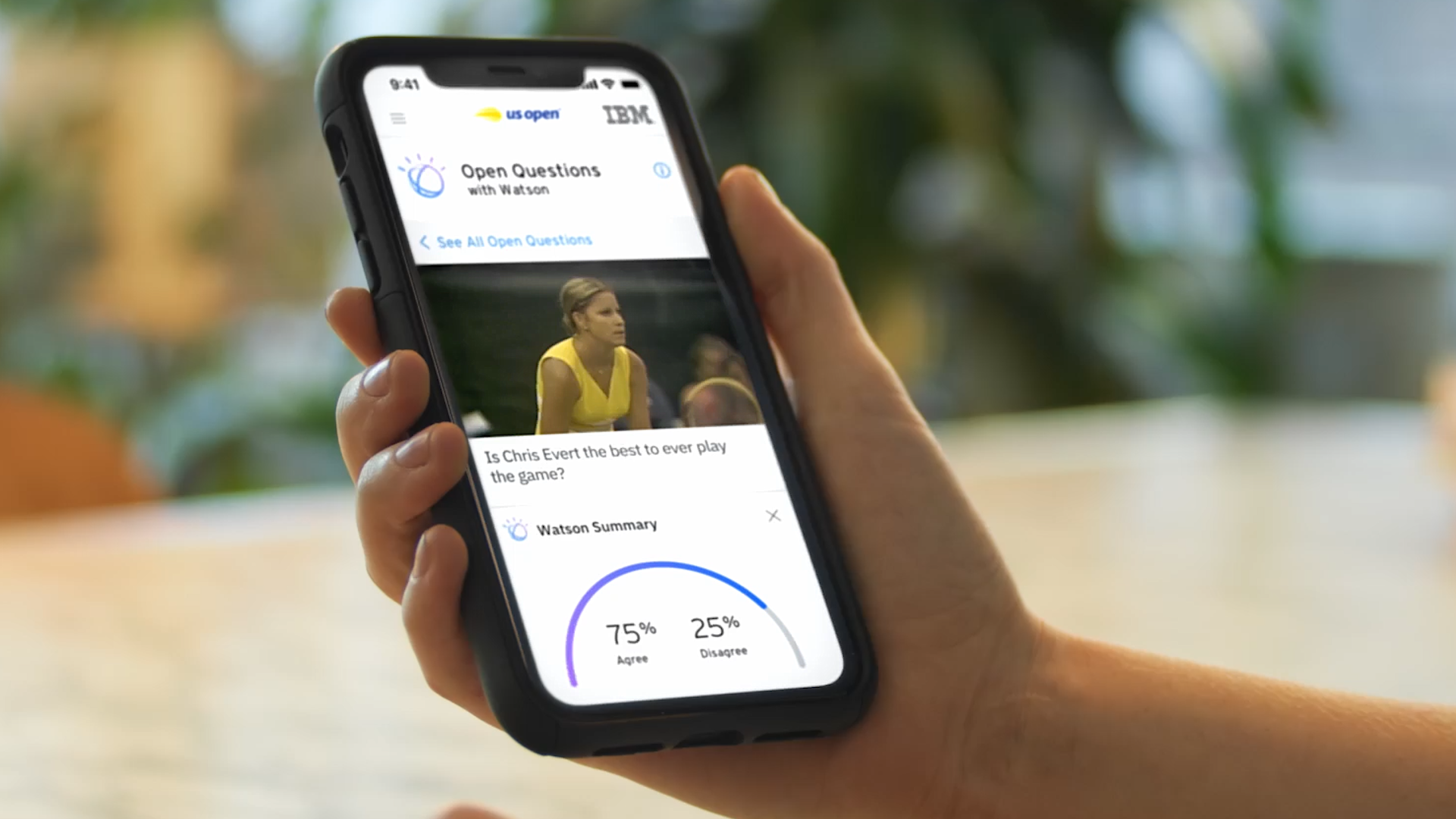
“We’re commercializing some of the advanced technology coming out of IBM Research and applying it to sports debate,” says Kristi Kolski, the program director for IBM Sports & Entertainment. “That’s never been done before.”
Additionally, the USTA will be able to mimic fan noise in a technologically novel way. Because IBM has been delivering AI highlights since 2017—using the system to identify key moments and automatically clipping the video— there’s an audio library of crowd reactions, with metadata noting the set and situation. When Novak Djokovic is at match point in the fifth set, Watson knows what that sounds like. So the USTA will be able to apply that fan noise to similar situations this year.
“We’re trying to recreate it, but be authentic,” says Kent.
Fans will also be able to record themselves cheering, similar to what’s been displayed at the NBA bubble, and it will be displayed on one of the nine LED screens installed around the baseline and sideline. Players will be able to see and hear the cheers during changeovers.
IBM is enabling a unique digital experience for a unique US Open. The hope is that, with more people watching from home because of the pandemic, the USTA will be able to connect with more casual fans and help grow the base of the sport. And this is just the beginning.
Typically at this time of year, the USTA and the IBM team would be working shoulder to shoulder in Arthur Ashe Stadium, ironing out last minute issues. That’s not possible this year. Instead, they had to pivot quickly to putting together a worldwide event virtually.
“It’s been daunting and invigorating,” says Kent. “Our technologists love to solve big problems. We’re using technology in new ways. Drawing from new data sets. Applying cutting-edge AI to it. And we’re doing it quickly and remotely. That’s the agility of the hybrid cloud. You hear it in marketing pitches, but when you experience it, it’s something different. It makes you think differently about what you can do and how you do it.”
Necessity is the mother of invention. And the unique circumstances of the 2020 US Open have led to new innovations that lay the groundwork for what future tournaments will look like.
“This has been such a difficult time for so many people,” says Corio. “But I’m proud to bring tennis back to the world. And I think we’re redefining the digital experience of sports for years to come. For these difficult times, and for the better times ahead.”
Question? Comment? Story idea? Let us know at talkback@sporttechie.com

